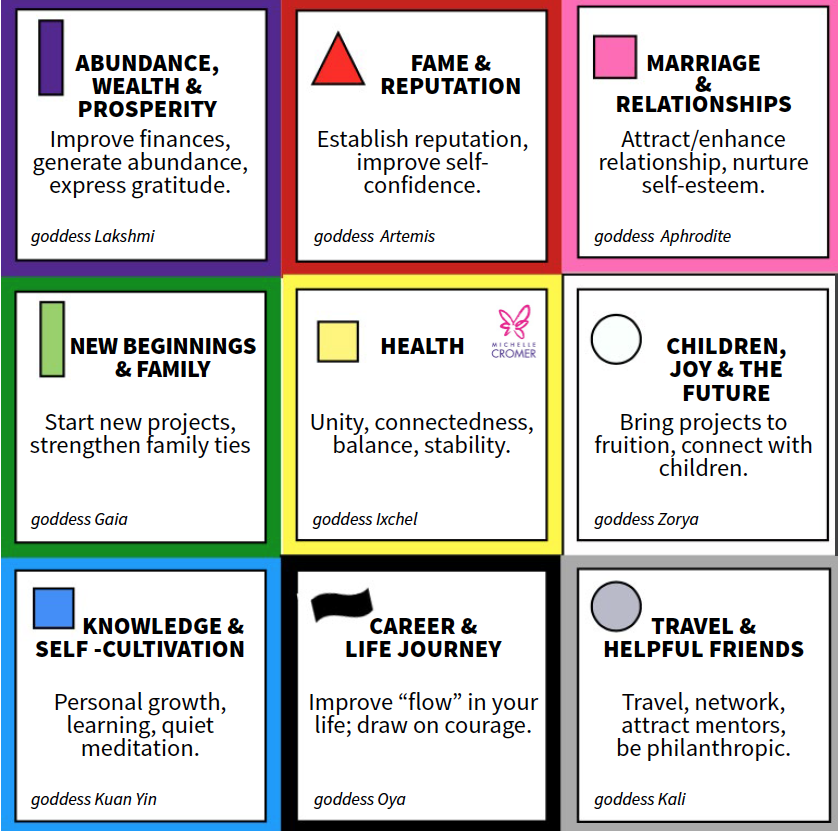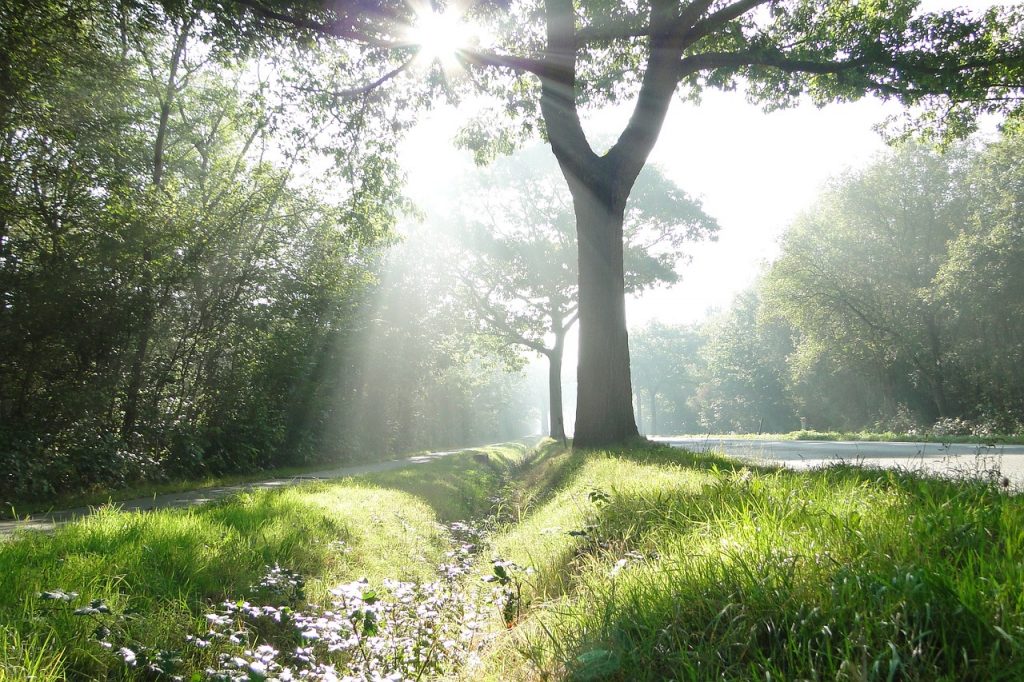
I’m ready for the last month of 2022 but this year has not been easy. It has not been a walk in the park. It’s been challenging, and there’s been obstacle after obstacle. They say, “what doesn’t kill you, makes you stronger.” I don’t entirely agree. Some things that didn’t kill me came so close that they are still damaging. And can’t that be ok too? Can’t some things just break you? At least for a while? Why does admitting defeat make you weak? For goodness sake, bleed. And bleed openly. There can be pride in vulnerability. Honesty is maturity.
There was a time when I had things figured out. A time when answers seemed clearer, each step was calculated and traced, my future mapped out, and important dates circled. Life wasn’t always easy, but it always made sense. Then I learned that life has a habit of making examples out of people like me.
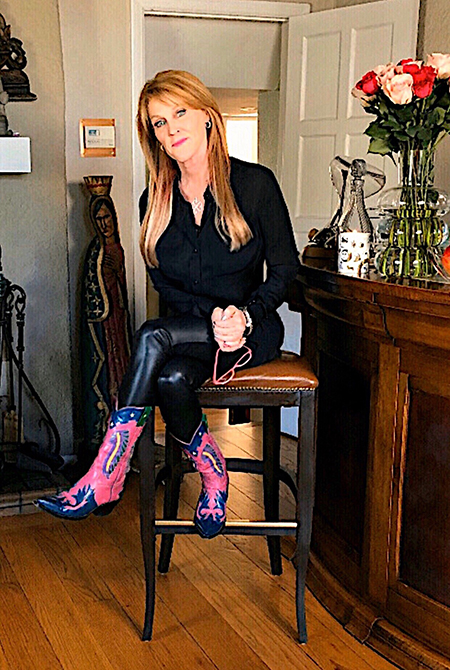
Life is a strange and beautiful thing. Show me someone who has brilliance boiling beneath the surface, and I’ll show you someone who has almost died or certainly wanted to. The people who seem to have life tied together nicely with the bow on top, those are the people who have stories so terrible that most don’t have the stomach to hear them. Life has brought me to my knees, and I pray that I never have to feel that degree of pain again. And, yet, at the same time, life’s devastating sorrows made me everything I am. Life will wear you down, but then you realize sometimes to become something more, there has to be nothing left. Motivation seems to follow devastation.
I feel like I have a bloody lip from all the fights I have been in with my life, but I am walking steadfastly toward what I know really matters. I’ve made mistakes, but I am not afraid of regrets, I understand my life did not go as planned. But this year has shown me what being powerful really is. And I’ve learned life is unpredictable, so I’m learning to laugh. Life is hard, so I am learning when to be soft. Life is beautiful because I am learning where to look. Life is short, so I am learning to make it significant. And life is a bitch, so I am learning to be a better one.
And, that’s why I am ready because when I look in the mirror I don’t see the same person I saw at the beginning of the year. This one has more strength, more courage, more confidence, more focus, and definitely more faith. I’m more resilient and unbreakable. I see a person who refuses to give up no matter what life throws her. I’m ready. Bring on the last month. I’m ready.
Have any Feng Shui questions? Feel free to contact me at michelle@michellecromer.com and sign up for your Power Color or visit me on Facebook at Michelle Cromer Feng Shui.
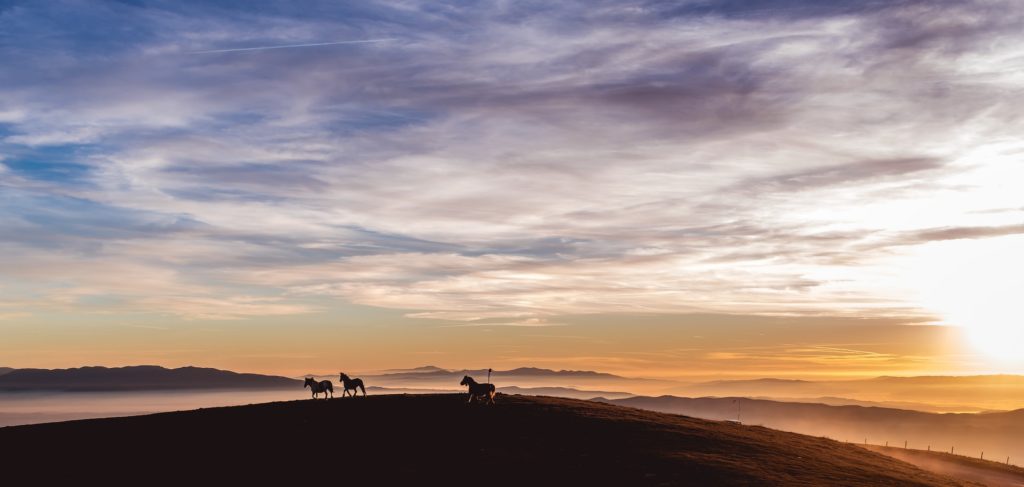
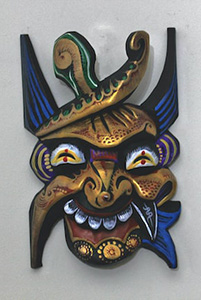 It is said that we, as human beings, possess at least one Spirit Animal or totem, in our lifetime that serves as our personal protector, guide, helper, and companion.
It is said that we, as human beings, possess at least one Spirit Animal or totem, in our lifetime that serves as our personal protector, guide, helper, and companion.
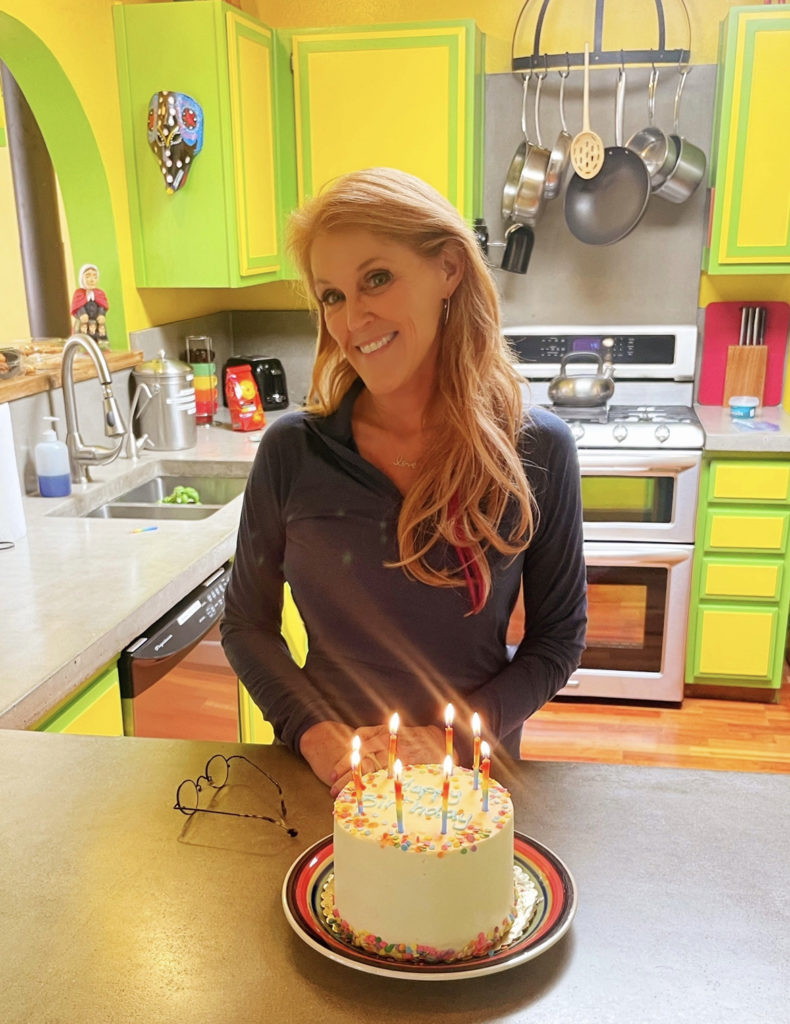
 Purification Bath – draw a bath and add Epson salt to purify your physical and spiritual body. Afterward, as the water goes down the drain think of all the challenges of the previous year going down the drain as well.
Purification Bath – draw a bath and add Epson salt to purify your physical and spiritual body. Afterward, as the water goes down the drain think of all the challenges of the previous year going down the drain as well.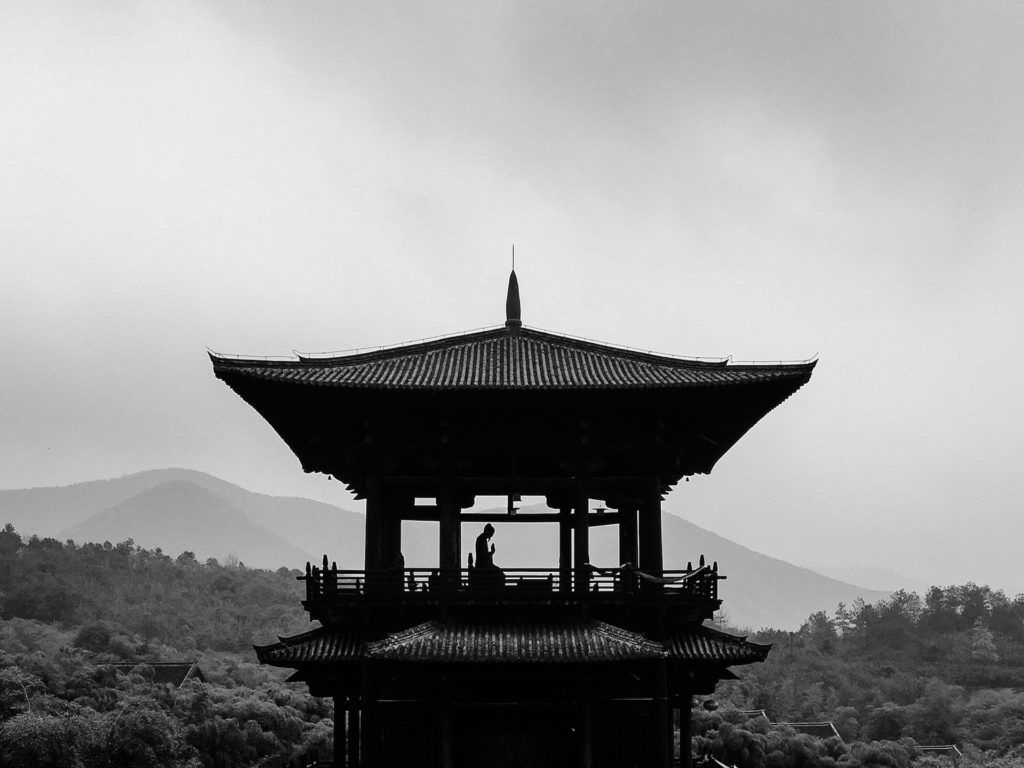
 The principles of feng shui have existed for thousands of years. It was first used in China for the graves of the royal family and then the ancestors. Like the
The principles of feng shui have existed for thousands of years. It was first used in China for the graves of the royal family and then the ancestors. Like the 